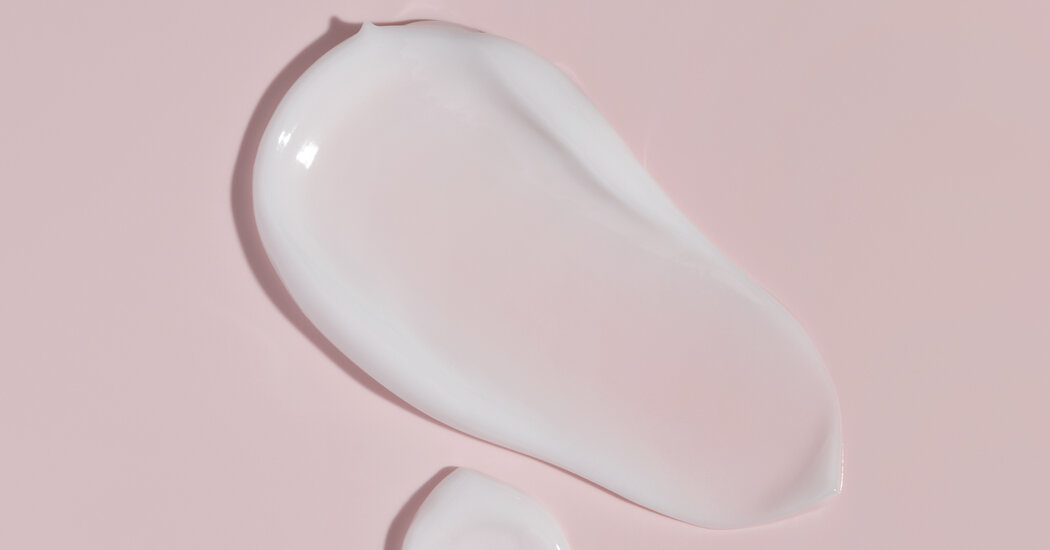F.S.A.D. is technically separate from having low sexual desire, though in many cases, the two conditions overlap. It is sometimes a side effect of selective serotonin reuptake inhibitor antidepressants, and can also occur alongside other conditions that disrupt blood flow or nerve function, including diabetes and spinal cord injuries.
Difficulty with physical arousal in women is akin to erectile dysfunction in that it can come down to blood flow, said Dr. Lauren Streicher, a clinical professor of obstetrics and gynecology at Northwestern University, who has prescribed sildenafil for her female patients for almost a decade. Increased blood flow, particularly to the clitoris, heightens nerve sensitivity and triggers lubrication. Sildenafil dilates blood vessels, which makes it easier for blood to flow through them.
In the Daré study, the 174 premenopausal women who completed the study were given either a cream version of sildenafil or a placebo that was rubbed directly onto the clitoris and surrounding area. They were asked to report on their arousal, desire levels, number of recent sexual encounters and whether they felt distressed about their sexual function. Researchers found that women who had been diagnosed with female sexual arousal disorder alone — a total of 65 women, half of whom were given the cream — reported an increase in arousal with the sildenafil cream. But the cream didn’t significantly change arousal or the resulting distress among women who had F.S.A.D. alongside other conditions, like genital pain or the inability to orgasm. The improvement in the F.S.A.D.-only group was not significant because the number of participants was too small, the study authors wrote.
The findings echo the conclusions of other, smaller studies in which sildenafil pills improved sexual function for women with just arousal disorder and for women who experienced the condition as a side effect of S.S.R.I. medications or diabetes.
Not a Solution for Everyone
The study’s mixed results underscore that, for many women who struggle with arousal and desire, blood flow may only be part of the equation, or not the source of the problem at all, said Justin Garcia, executive director of the Kinsey Institute at Indiana University, which focuses on sexuality research. Arousal in women is often a “biopsychosocial response,” he said. Psychologically, “your sense of body image, your sense of your stress, how much sleep you have had” all affect sexual function, as do other factors, like vaginal dryness from menopause or pelvic floor tightness.







